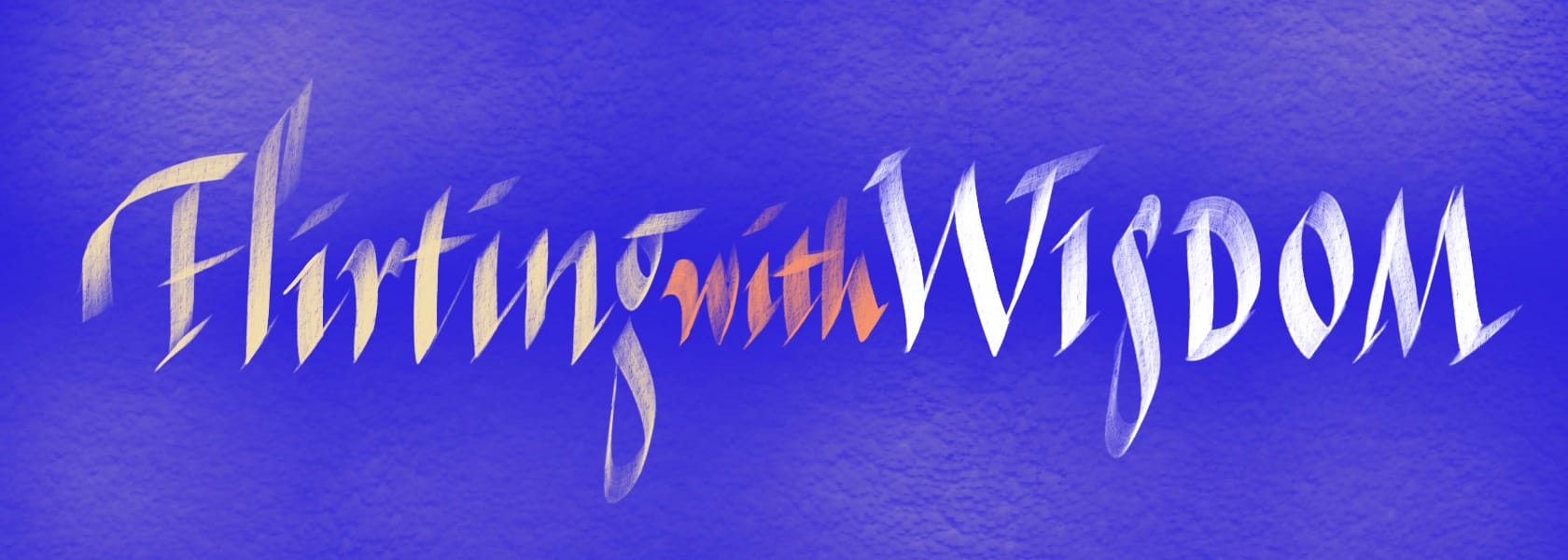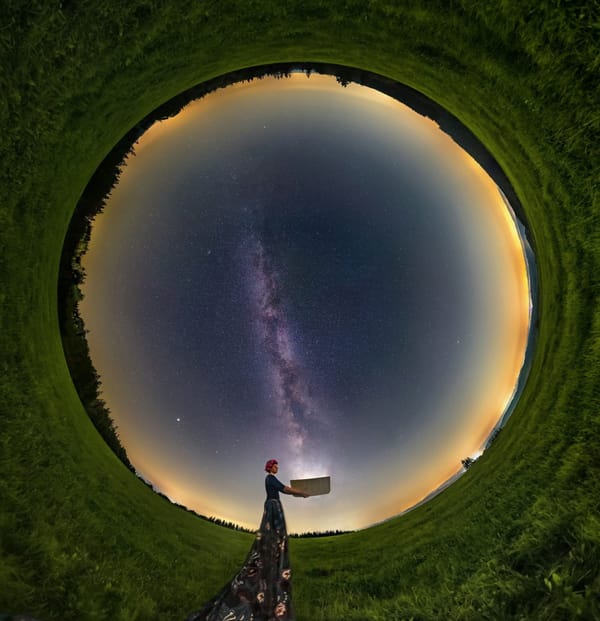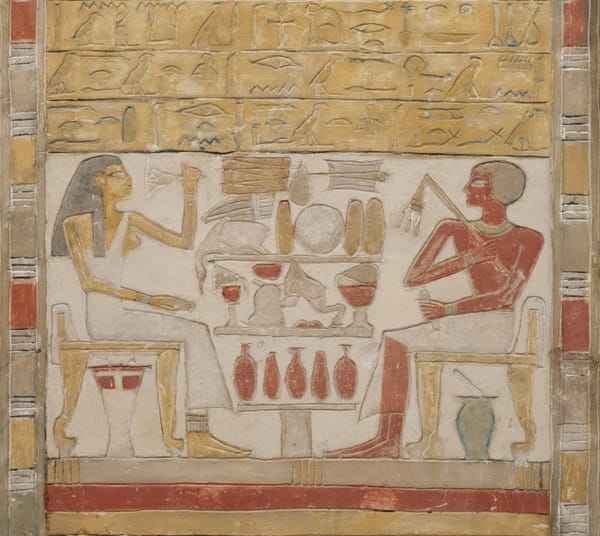My older daughter is a geologist. I am not. She is a scientist. I come from the arts. As such, she is enjoying the rare pleasure of sharing my voyage into territory that is second nature to her and very foreign to me.
Specifically, I’m discovering how mountains are created, because I want to use mountains as a metaphor for politics. To do this, however, I first need to ensure that you (and I) understand mountains in their raw, geological state.
Mountains are not all formed the same way. Mount Fujiyama and Mount Everest are obviously the result of very different processes: Fujiyama is volcanic, Everest isn’t.
Volcanoes, like Mt Fuji, generally occur when a land-based tectonic plate meets an oceanic plate and sparks fly. Magma from the depths of the earth is then able to force its way to the surface and erupt.
Think of volcanoes as fireworks. Some of them, like Krakatoa, go off with a very loud bang, and others, like Mt Fuji, erupt in a (relatively) gentle fountain. These differences are of purely theoretical interest to vulcanologists but are quite important to anyone living in the actual vicinity of one.
These differences are of purely theoretical interest to vulcanologists but are quite important to anyone living in the actual vicinity of one.
There is just a single type of volcanic mountain that does not generate fireworks. In this volcanic process, the magma still pushes upwards but it doesn’t quite break the surface. There is no eruption, yet the land is raised, creating a dome. Hence this type of volcano is called a dome mountain.
Mount Everest, by contrast, attains its majestic height through altogether different processes. It is a fold mountain, which happens when a land-based tectonic plate meets another land-based tectonic plate, and one of them ends up on top. It’s not a gentle interaction either. Though one plate triumphs, it crumples up in the process, with the folds thrusting upwards to become mountains.
Nevertheless, two land-based tectonic plates meeting do not always end up in folds, because they are not always trying to force themselves upon one another.
Sometimes the plates, having co-existed for a while, decide to move away from one another instead. Here, sections of both may break along fault lines and tilt, usually in such a way that the centre drops relative to the two tilted blocks of mountain on either side. These are therefore called block mountains.
Finally, where the two plates moving away from each other are oceanic and land-based, respectively, the results are both less dramatic and less well understood. The crust gets stretched closer to the edges, and erosion and other forces result in higher areas sloping down towards the sea. These are sometimes high enough to class as mountains and have been given the monumentally unmemorable name of ‘uplifted passive margins.’ Scientists!
So, what has all this to do with politics?
Well, parallels arise because both mountain forming and politics involve the interaction of opposing forces. Take volcanoes. They resemble revolutions, or uprisings, where a new idea erupts suddenly and violently. It then proceeds to bury everything that existed prior. There is lots of heat, and the result is simultaneously a striking new feature and a wasteland that takes generations to heal.
Well, parallels arise because both mountain forming and politics involve the interaction of opposing forces.
Folded mountains happen when opposing forces collide, and one is pushed down while the other is raised up. Think dictators or oligarchs. They use their power and influence to keep everyone else subservient. And since they have huge egos, it is no surprise that this type of mountain produces the tallest specimens.
Block mountains are more like current parliamentary democracies. The two blocks cordially dislike one another, and incline towards the high ground of the left or the right. The centre, meanwhile, is diminished.
Uplifted passive margins, despite the scientific name, are just not particularly uplifting, which means that we are left with just one mountain type if we wish to find a hopeful political analogy. It is the dome.
With the dome, the underlying pressures for change succeed in lifting everyone, but without breaking the existing territory apart and letting out burning rivers of lava.
Instead, that lava remains just under the surface, cooling gradually and forming very hard granite crystals. Then, over time, the original surface area erodes away, leaving the granite exposed. In other words, an uprising has still occurred (literally), but it allows time for the existing surface to adapt at its own pace.
In other words, an uprising has still occurred (literally), but it allows time for the existing surface to adapt at its own pace.
The area most devastated when a new volcano erupts is the middle. With domes, on the other hand, the middle remains the highest and strongest part. And raising the middle feels particularly pertinent right now, because currently everyone is either trying to explode the centre or co-opt it as they try to raise their side and push the other down.
In the politics of uplift, as I would like to label it, people with an idea would find ways to push hardest in the middle, but with sufficient care that the political landscape is collectively raised, rather than shattered.
The power of metaphor lies in its ability to help us visualise things in different ways. Current metaphors relating to change tend to be flatly directional. They assume that the change-makers are, like good avant-gardists, heroically dragging the recalcitrant rest of us behind them as they forge a path to a brave new world.
The politics of uplift changes that mindset by 90 degrees.
It assumes that the job of the change-maker is to push patiently and persistently from below, not so they can explode what is there already and come out on top, but rather to lift everyone with them and let time and erosion do the rest.
Mind you, given our perilous present, let’s hope the pace of necessary political uplift is a bit faster than geological time….

Each vignette invites readers to embrace the beauty of unfinished thinking and the art of holding life’s ongoing questions.











Member discussion